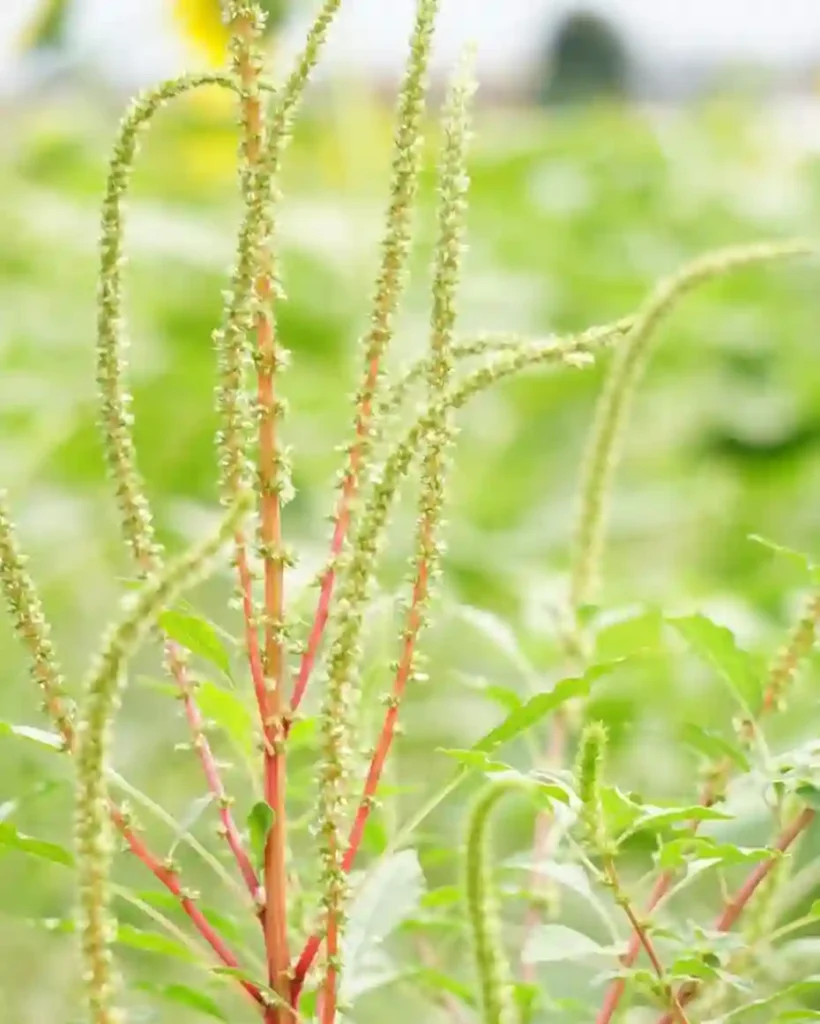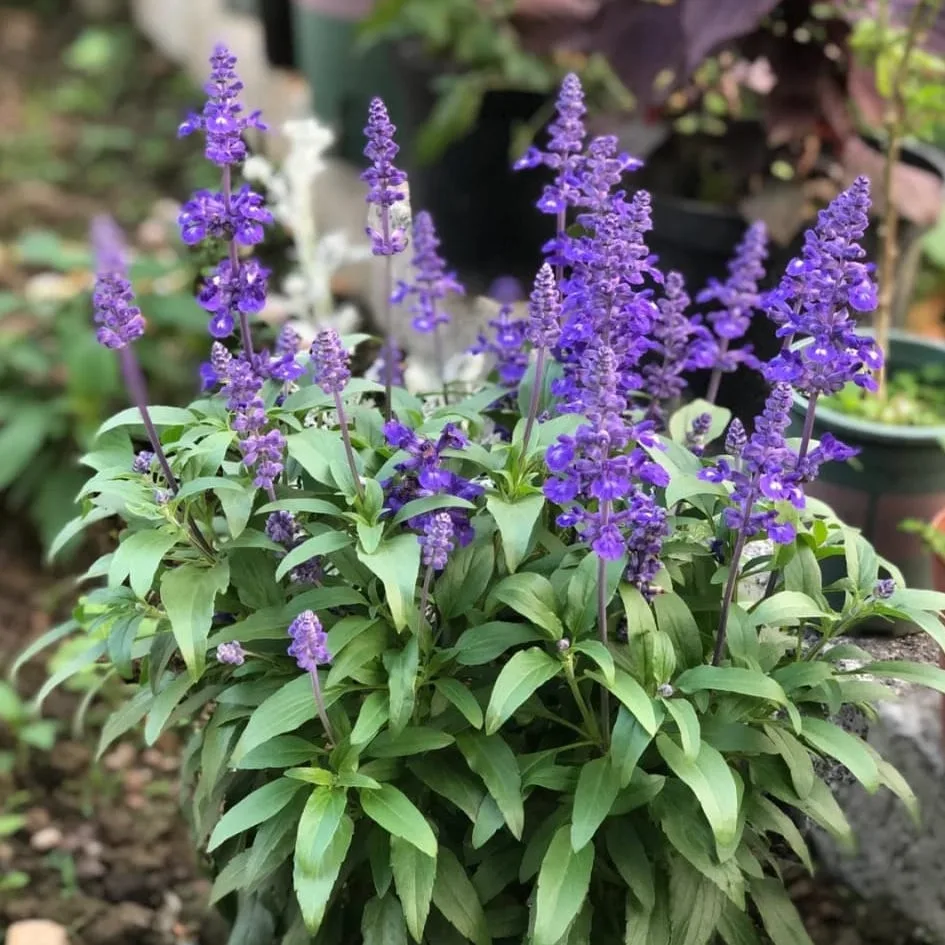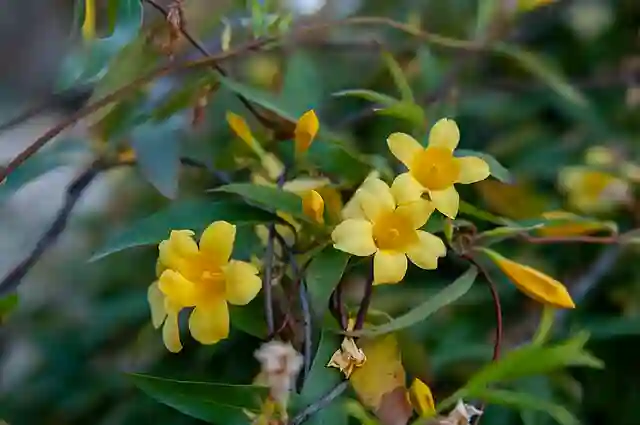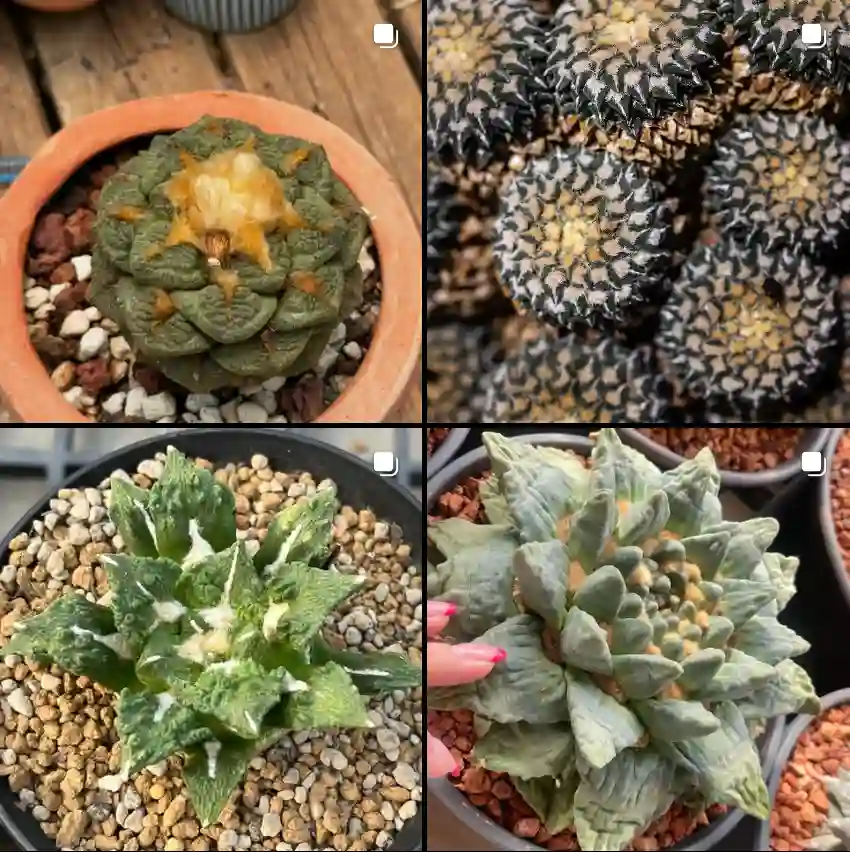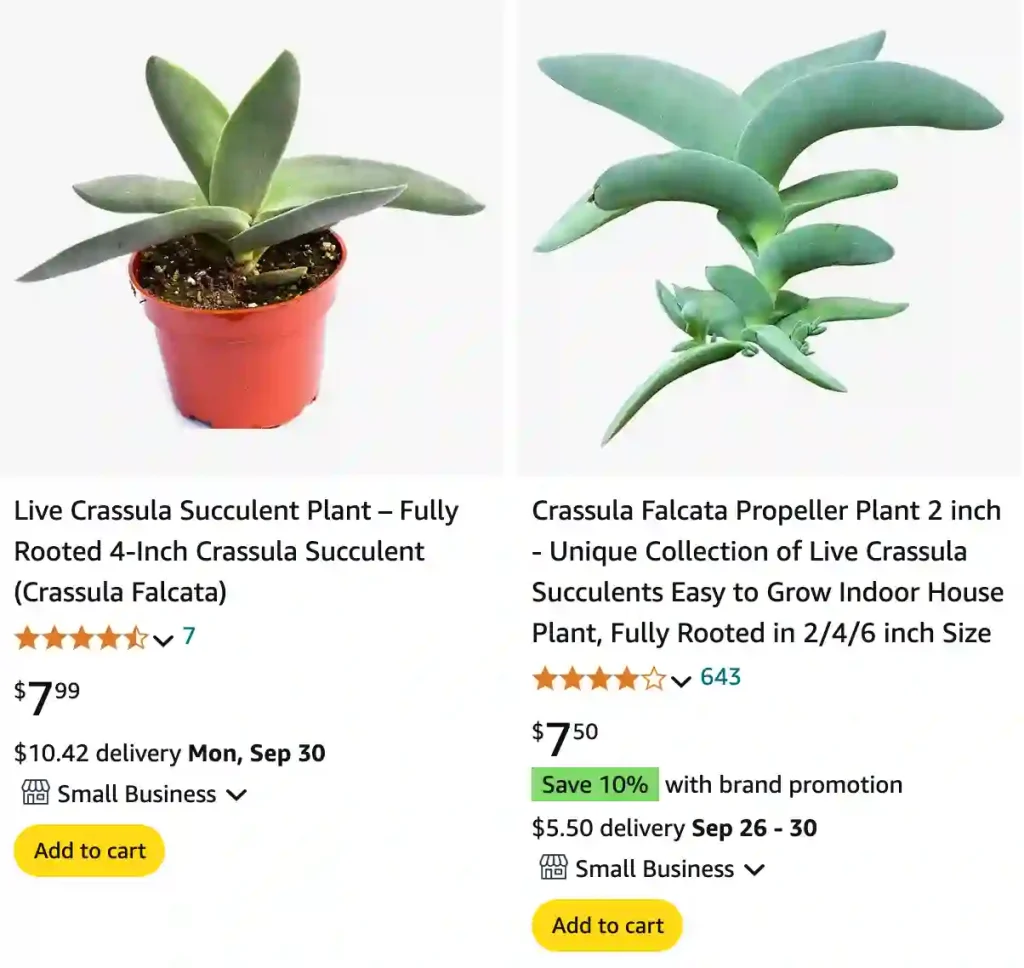
FAQs About Crassula Falcata
As a passionate plant enthusiast, I often get questions about one of my favorite succulents: Crassula Falcata, commonly known as the Propeller Plant. This plant, with its unique, propeller-like leaves, adds a touch of charm to any garden or indoor space. Here, I’ll address some frequently asked questions about caring for, propagating, and more regarding this fascinating succulent.
220 Species in Genus Crassula
What is Crassula Falcata?
Crassula Falcata is a succulent native to South Africa. Its distinctive fleshy, blue-green leaves are arranged in a rosette formation, resembling a propeller, which is where it gets its nickname. This drought-tolerant plant thrives in arid environments, making it a popular choice for succulent gardens and containers. Its vibrant red flowers bloom in the summer, attracting pollinators and adding a splash of color.
How to Care for Crassula Falcata?
Caring for Crassula Falcata is relatively straightforward. Here are some key points to consider:
- Light Requirements: Crassula Falcata prefers bright, indirect sunlight. While it can tolerate some direct sun, too much can scorch its leaves. I find that placing it near a window where it gets filtered light works best.
- Soil: Use a well-draining cactus or succulent mix. Good drainage is crucial for preventing root rot, which is one of the most common issues with succulents.
- Watering: Water Crassula Falcata thoroughly but infrequently. I usually let the soil dry out completely between watering sessions. During the growing season (spring and summer), I water more often, while in the dormant winter months, I reduce watering to once a month.
- Temperature and Humidity: This plant thrives in warm temperatures, ideally between 65°F and 80°F (18°C to 27°C). It’s best to avoid high humidity levels, as they can lead to fungal issues.
- Fertilization: I fertilize Crassula Falcata sparingly, using a diluted cactus fertilizer once in the growing season. Over-fertilization can harm the plant, so it’s better to err on the side of caution.
How to Propagate Crassula Falcata?
Propagating Crassula Falcata is a rewarding process. Here’s how I do it:
- Leaf Cuttings: I usually take healthy leaf cuttings, allowing them to callus for a few days in a dry area. Once the cut edges are callused, I place them in well-draining soil and lightly water them.
- Offsets: This plant often produces offsets or “pups” at the base. I gently remove these offsets and replant them in their own pots. This method tends to yield quicker results compared to leaf cuttings.
- Timing: The best time for propagation is during the spring or early summer when the plant is actively growing.
What to Plant with Crassula Falcata?
If you’re considering companions for your Crassula Falcata, I recommend other succulents that share similar care requirements. Some great options include:
- Echeveria: These colorful rosette succulents thrive in similar conditions.
- Sedum: Varieties like Sedum Morganianum (Burro’s Tail) complement Crassula Falcata beautifully.
- Aloe: Aloe Vera or Aloe Aristata can also make great companions, as they enjoy similar sunlight and soil conditions.
Can You Grow Crassula Falcata Indoors?
Yes, you can definitely grow Crassula Falcata indoors! Just ensure it receives ample sunlight, ideally from a south or west-facing window. I’ve had great success keeping mine indoors with a little care and attention to its light needs.
Is Crassula Falcata Toxic?
One of the benefits of Crassula Falcata is that it is non-toxic to pets and humans. This makes it a safe choice for households with curious pets or children, allowing me to enjoy its beauty without worry.
Common Problems with Crassula Falcata
Like any plant, Crassula Falcata can encounter some issues. Here are a few I’ve faced:
- Root Rot: Often caused by overwatering, ensuring good drainage is key.
- Leaf Drop: This can happen if the plant is exposed to sudden temperature changes or is underwatered.
- Pests: Watch for mealybugs and aphids. I’ve found that a gentle soap solution works wonders for pest control.
How Does Crassula Falcata Compare to Similar Plants?
Crassula Falcata is often confused with Crassula Perfoliata, but the latter has thinner leaves and a more sprawling growth habit. Additionally, Crassula Falcata’s unique leaf shape and structure set it apart, making it a standout in any collection.
In conclusion, Crassula Falcata is a resilient and visually appealing plant that’s perfect for both beginner and experienced gardeners. With the right care and propagation techniques, you can enjoy this lovely succulent for years to come. Happy gardening!
If i die, water my plants!
